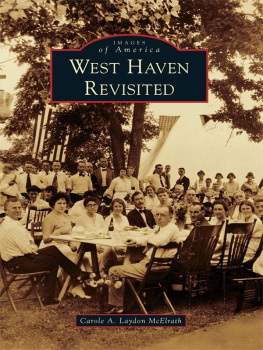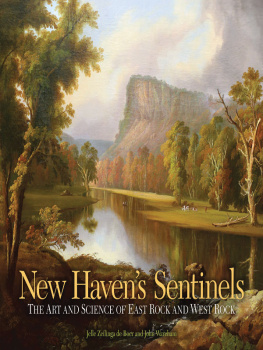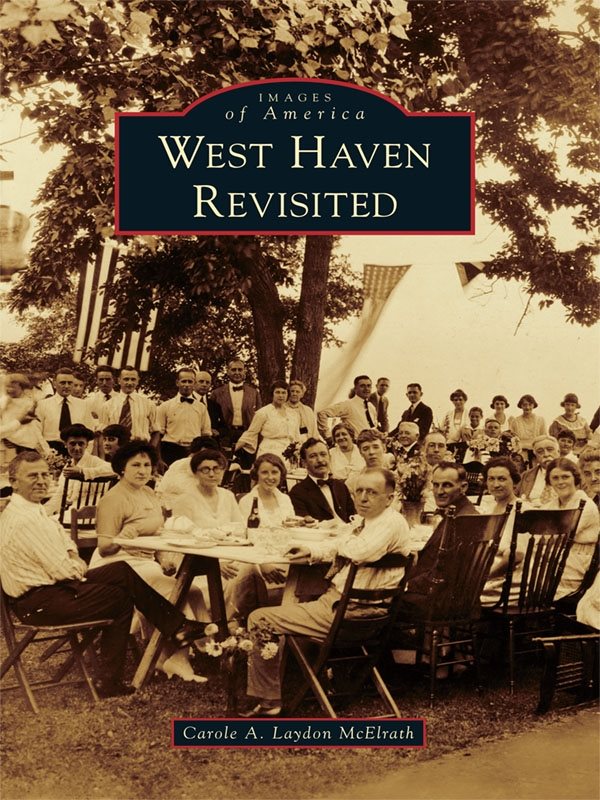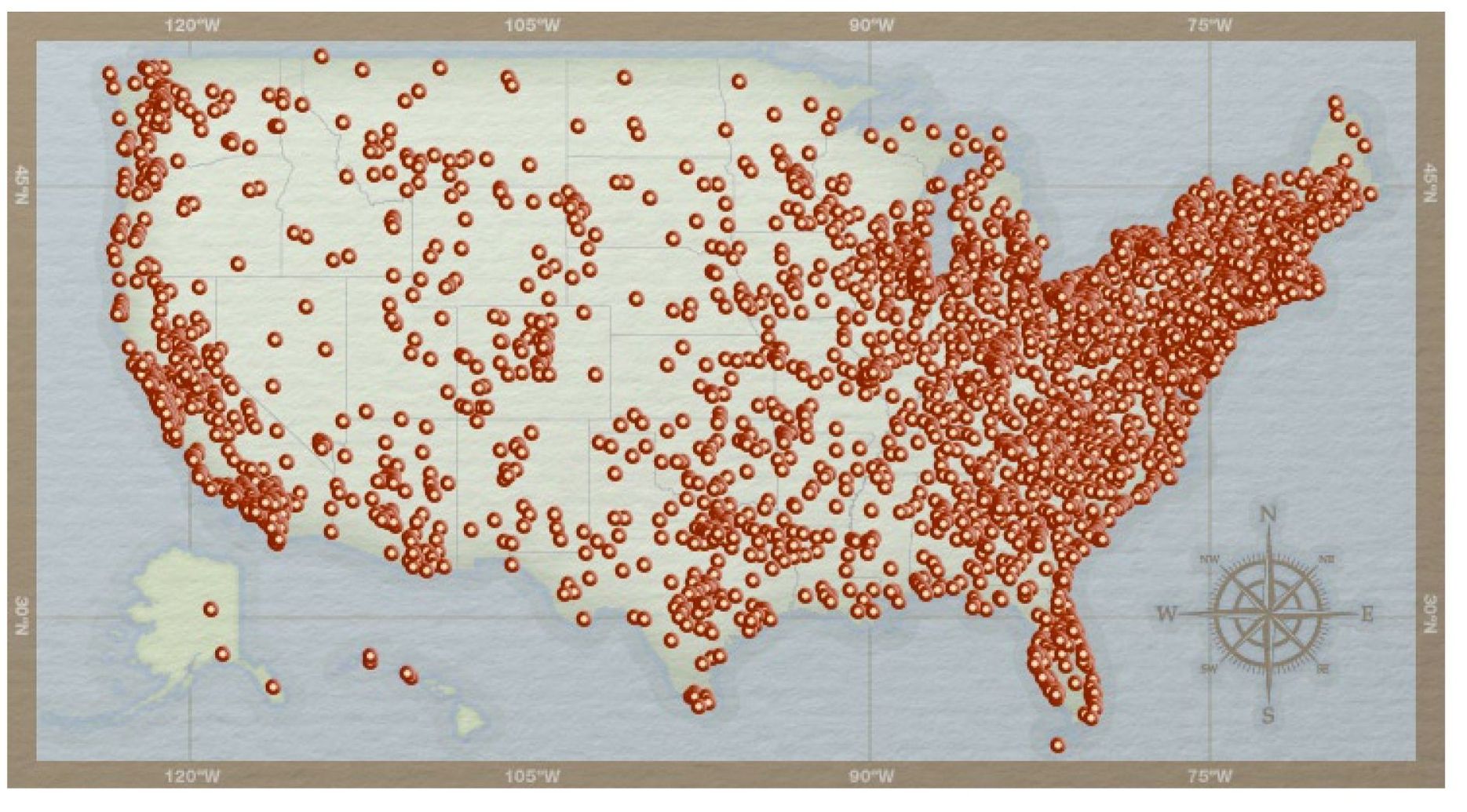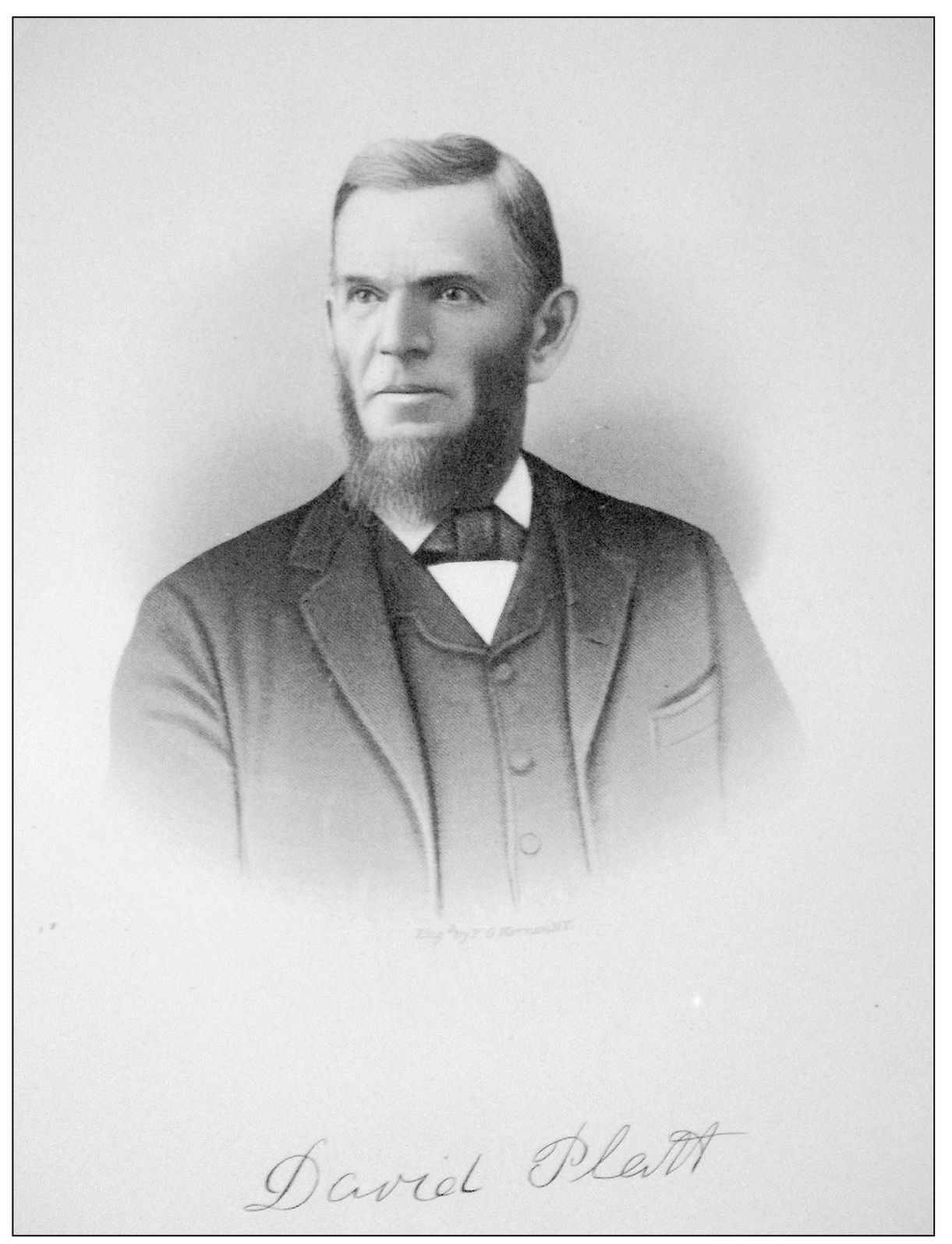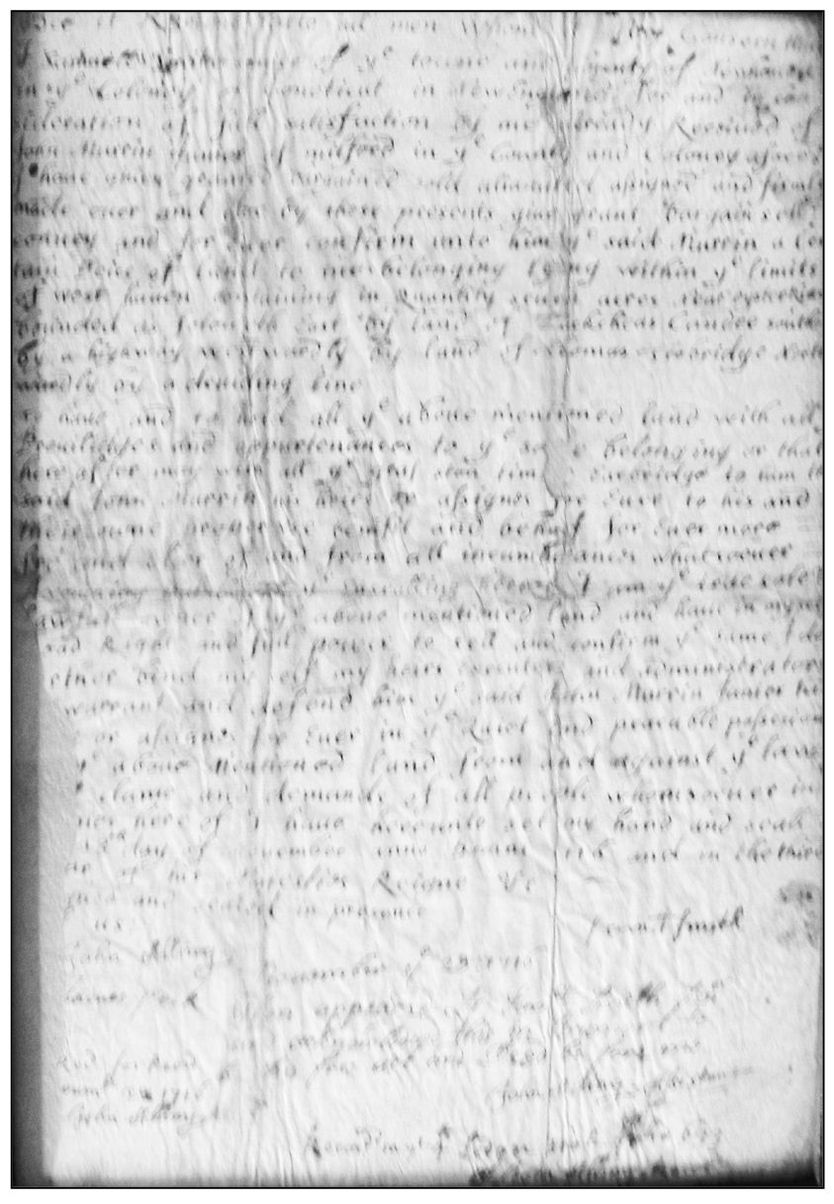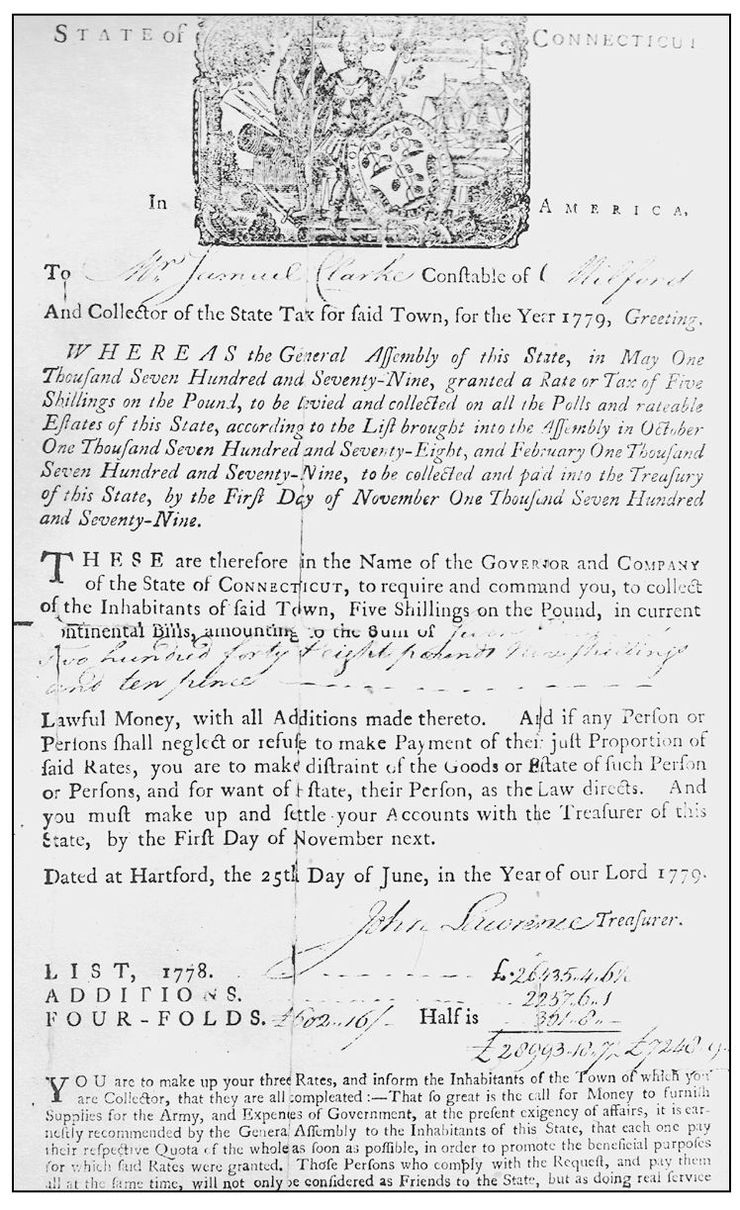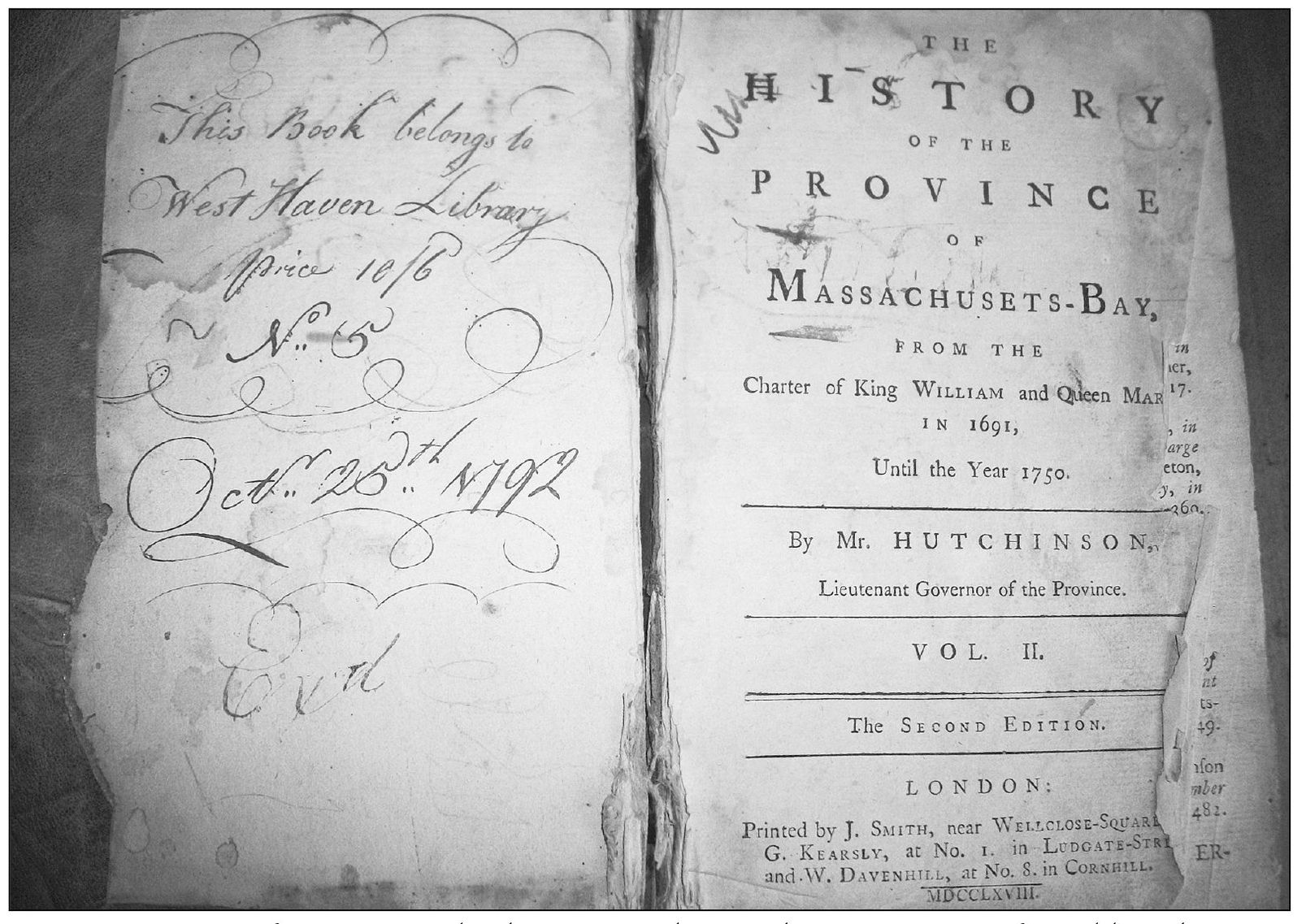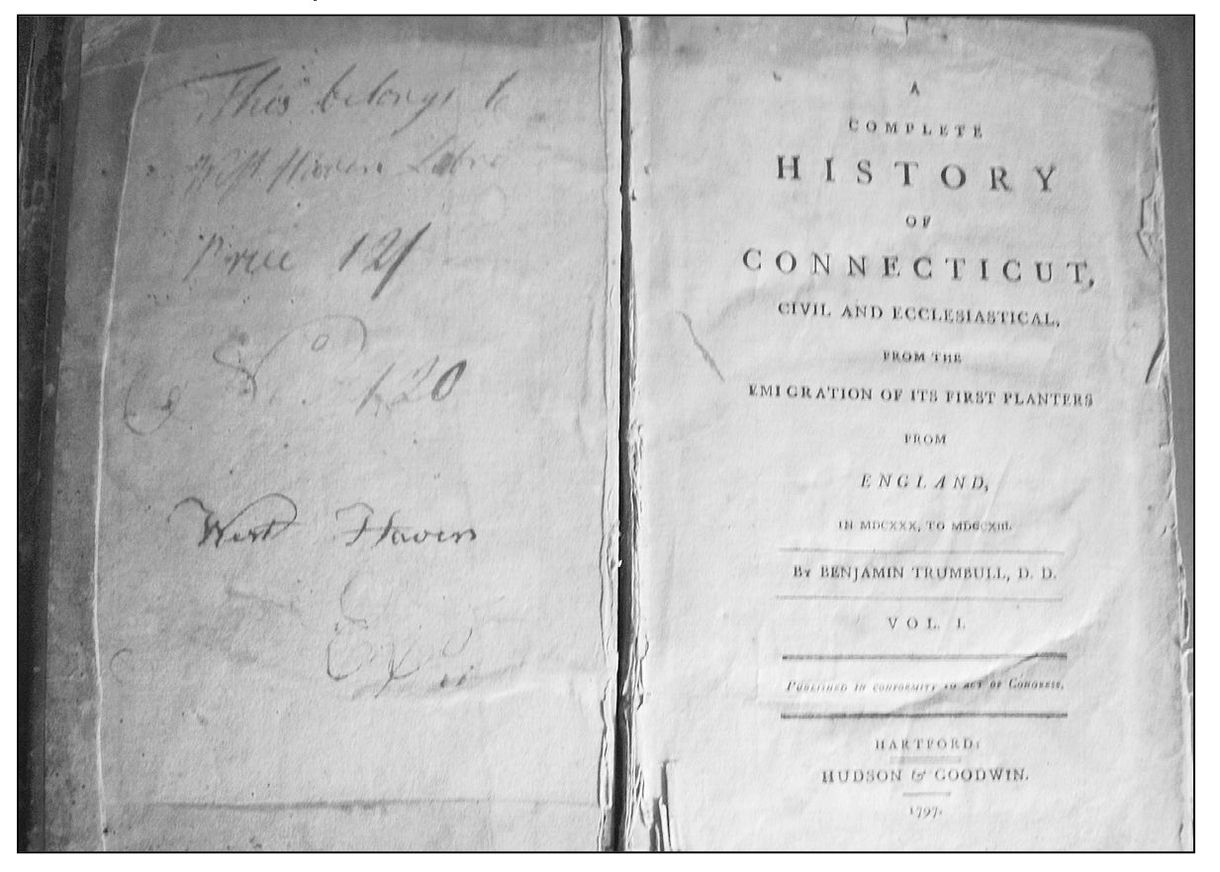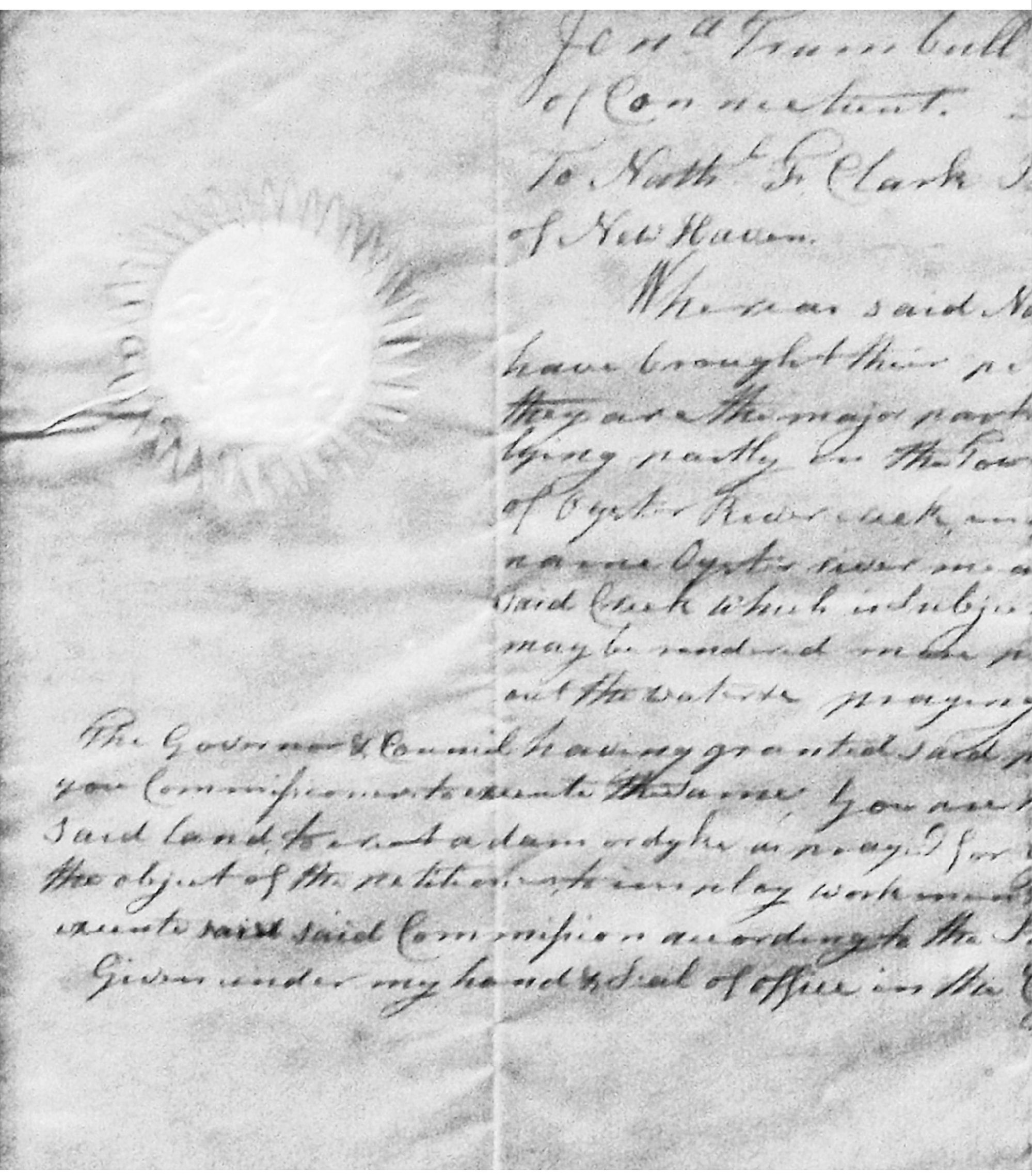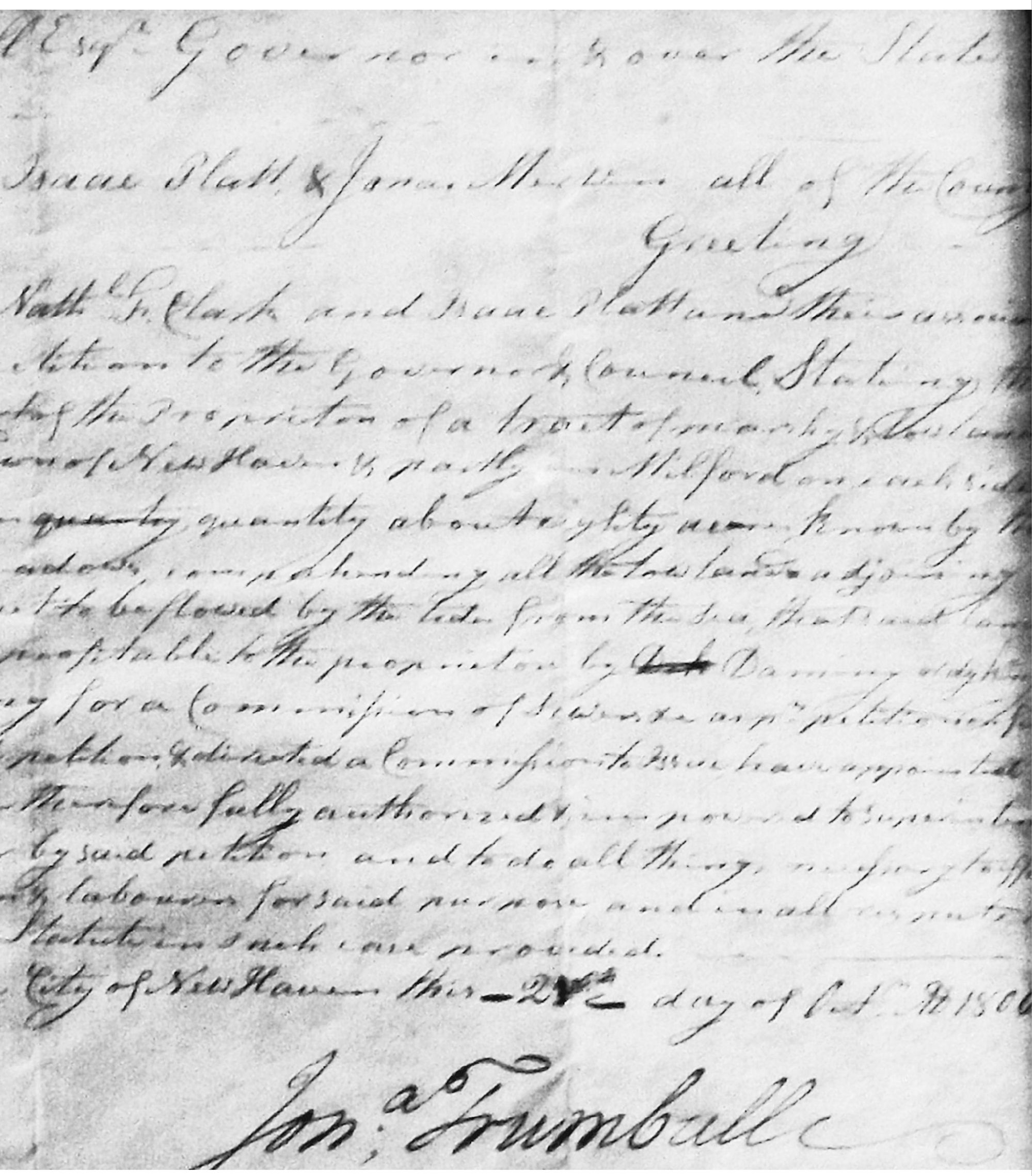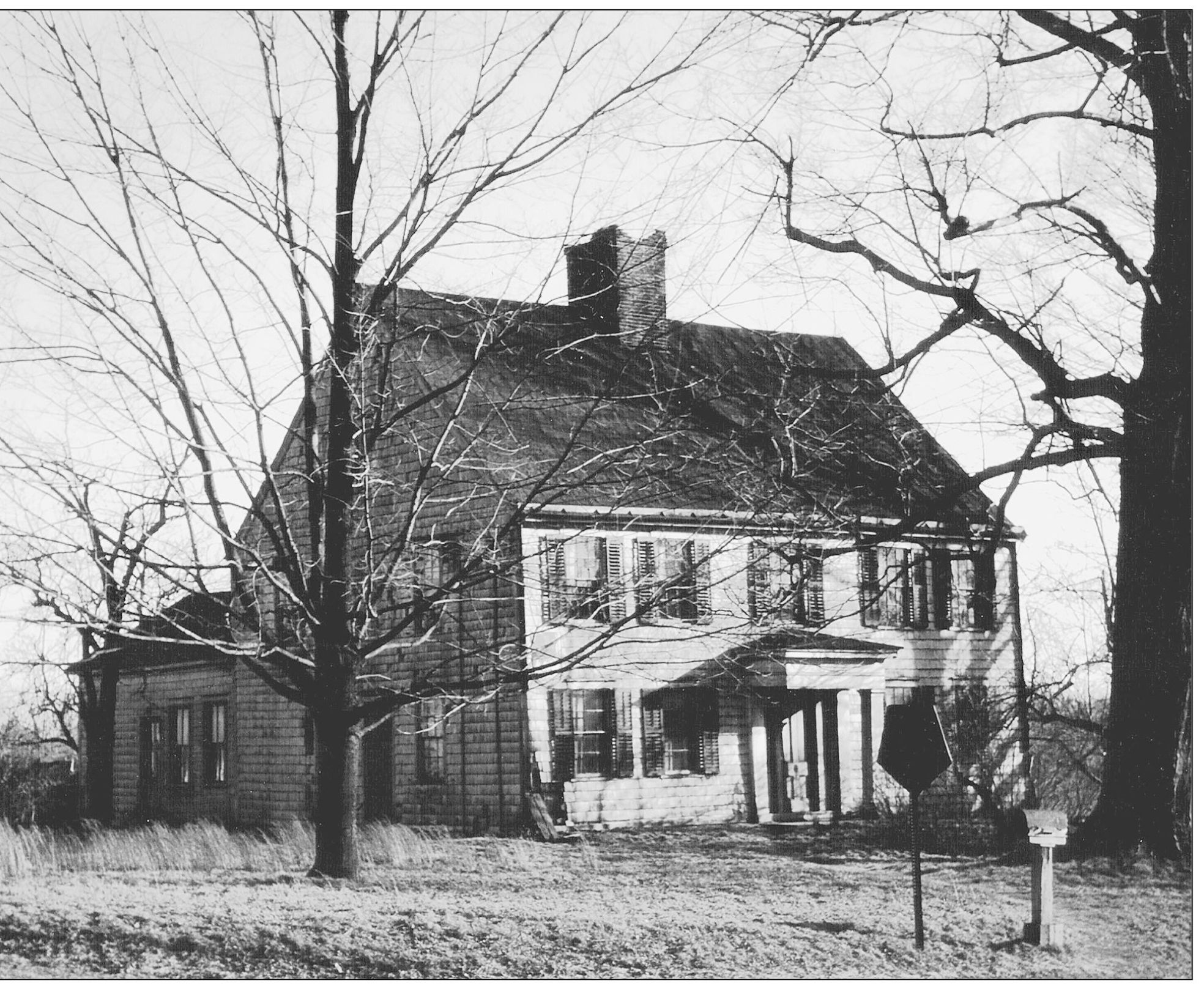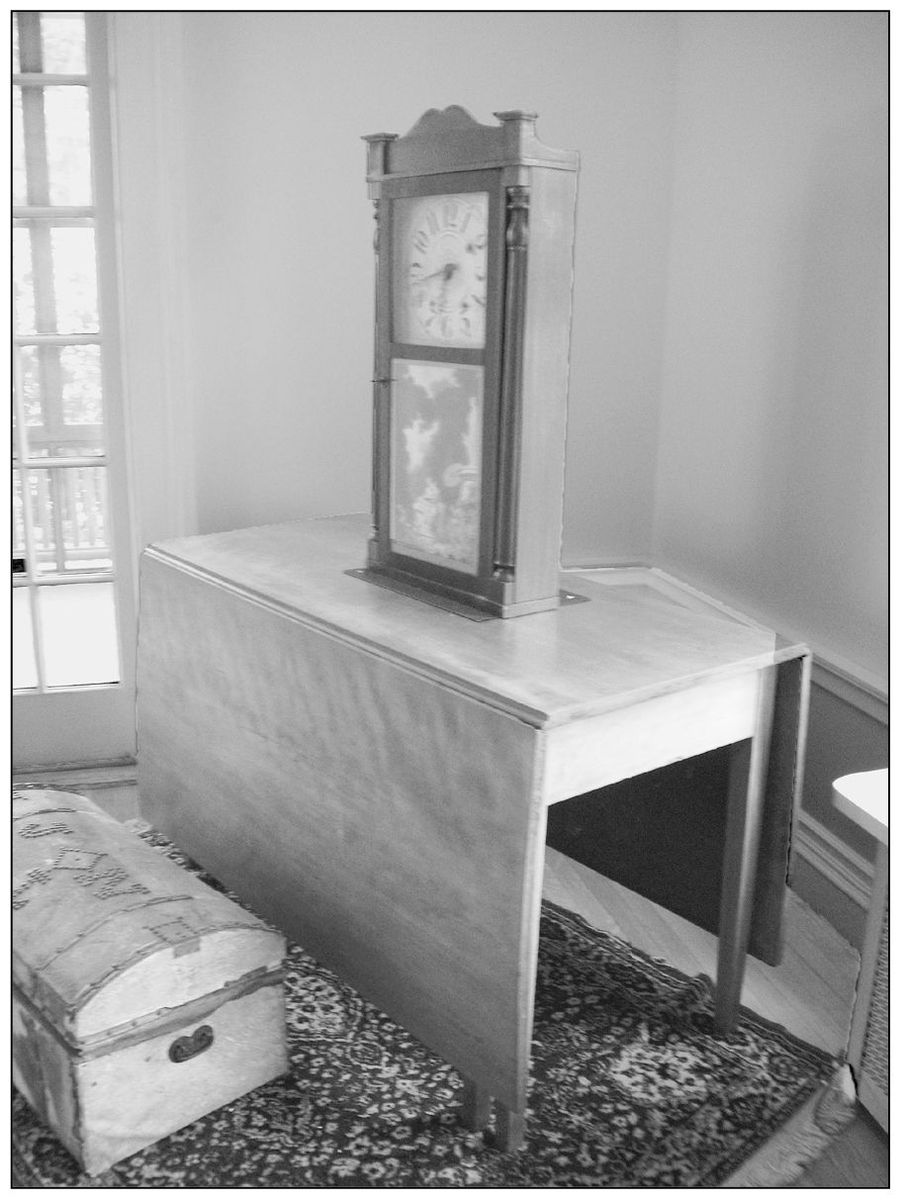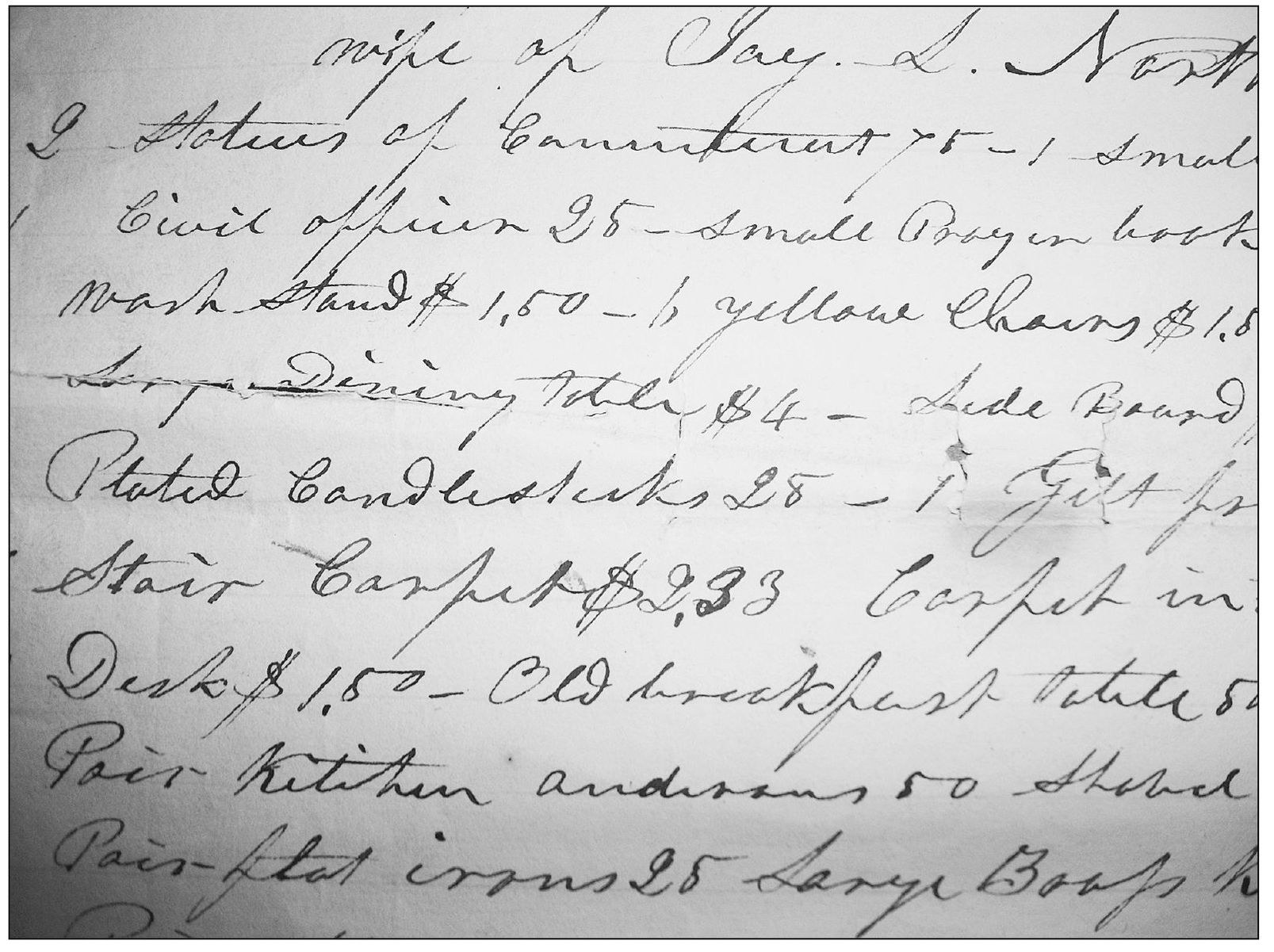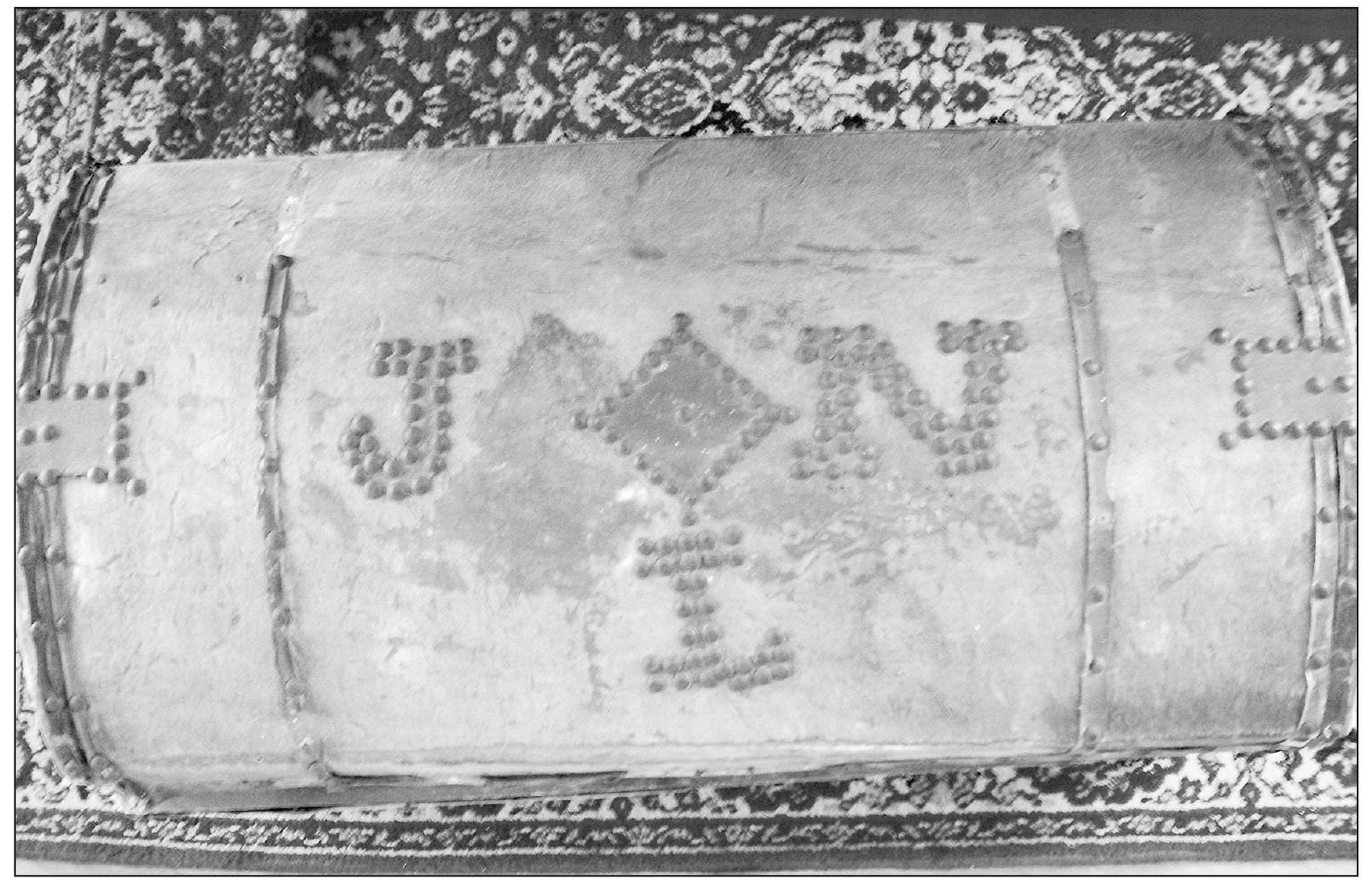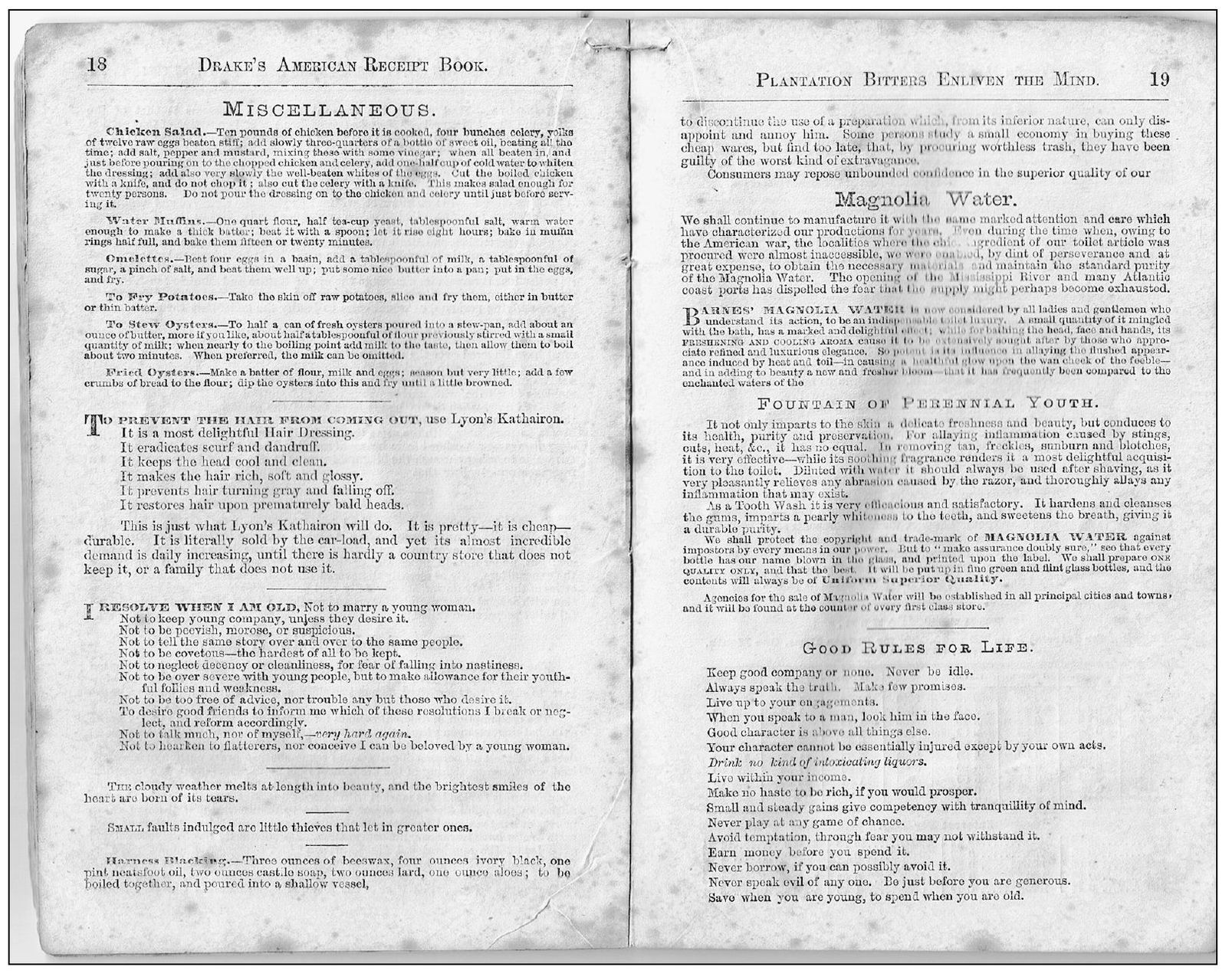One
THE POWER OF THE PRINTED WORD
In the mid-19th century, David Platt purchased rolling land overlooking the Cove River. He built a handsome two-story country home, which still stands on the north-south avenue named after this well-known citizen.
In his will of November 28, 1716, in the town and county of New Haven in the Coloney of Coneticut in New England, Samuel H. Smith deeded his property at Oyster River to John Murrin Jr. Smith owned land adjacent to the Northrop-Merwin property on the Milford and West Haven line. The will, written in Smiths own handwriting, was witnessed by John Alling and Jonas Peck.
In 1779, Samuel Clark paid taxes to the State of Connecticut for land he owned in both West Haven and Milford. The tax bill was computed in British pounds.
By 1792, a group of community leaders met to discuss the importance of a public education system and the need for a public library. Among the men pledging personal funds to support these endeavors were members of the Smith, Painter, and Kimberly families and Noah Williston of the Congregational Church, where the library would be housed. Books were to reflect the best of the sciences, history, theology, and philosophy. Interestingly, one of the books selected by these patriots of the American Revolutionary era was The History of the Province of Massachusetts Bay by the Honorable Lt. Gov. Thomas Hutchinson, the last English governor of Massachusetts, who retired to England after he was the target of the Boston uprising. The library also contained volumes on law, government, and theology.
Another first library book, The Complete History of Connecticut (1797 ) was rescued from an early deaccessioning program more than 75 years ago. The book included an overview of Connecticut statutes.
In October 1806, Federalist governor of Connecticut Jonathan Trumbull (17971809) affixed his signature to this document granting permission to the Clark, Platt, and Merwin petitioners to erect a dam or dyke at the mouth of the Oyster River, partly in the town of New (West) Haven and partly in Milford. This would allow control of the tidal current, facilitating the harvest of salt marsh to be used as fodder for livestock. The governors office was located in New Haven, a co-capital of the state with Hartford.
One of the most elegant homes in West Havens early period was the Warner house, a classic Colonial with an enormous hearth. The house was located below the curve on Jones Hill Road, near Ocean Avenue.
Native lore tells that the land was covered with giant trees in some sections of West Haven, that the hunting was good, and the food abundant. This three-board drop leaf cherry table was made from a single tree in the late 1700s and was part of the estate of Martha Cartright, first wife of Jay Lord Northrop.
The clock and table are on permanent loan to the society from Ted Wolfe. The cherry table was a valued piece of family furniture, as attested to by its inclusion in this will.
Lovells primer was used by early readers and passed along to every family member.
All of the early documents in this chapter were kept intact in an old desk or in this trunk owned by Jay Lord Northrop. Northrop used this trunk to carry his belongings when he traveled to Texas each year to pay taxes on his holdings there.
Next to the Bible, one of the standard publications found in homes was an almanac with all of the wisdom, recipes, and advertising of the day.

